Contributed by Dr Vincent Morgan, Jeffrey Lehrberg, and Kristina Pisarik of Bicon Dental Implants
We all have our favorite brands and products that we rely on; however, how many of us believe so strongly in a product that we are willing to dedicate our lives to it? This is the Bicon story.
The Shortest Implant with the Longest History
Dr Morgan’s implant journey began shortly after graduating from dental school in 1970 when he treated a young Irish girl who refused his treatment plan to fabricate two fixed bridges. She held out the hope that one day a dentist would be able to insert two prosthetic posts for her congenitally missing maxillary lateral incisors, but he advised her to abandon this wishful thinking and prepare for bridges instead.
Several weeks after his conversation with the young patient, the dentist with whom Dr Morgan shared his practice lost the last of his posterior maxillary teeth. If he had been a patient rather than a colleague, they would have extracted his remaining anterior teeth and fabricated a denture. However, since he was more than a patient, they decided to purchase two newly marketed Miter titanium blade implants. With no training of any sort and only common sense and logic as their guides, they successfully inserted the two blade implants into his posterior maxilla. Beginner’s luck being what it is, these blade implants remained functional some 20 years later.
Those two successful implants inspired Dr Morgan to become more involved with implant dentistry. His first experience with an implant designed by Thomas Driskell was in the mid-1970s with the Synthodont (Miter) implant. Dr Morgan would encounter another of Dr Driskell’s implants in 1992, and that implant would become the antecedent of all modern Bicon implants.
Thomas Driskell’s Discovery

Mr Driskell’s first PRF implant.

One of Mr Driskell’s early smooth implant designs with a very literal reproduction of the roots of a human molar.
In 1968, the conflict in Vietnam was beginning to escalate. As a result, Thomas Driskell and his team at the Battelle Memorial Institute in Columbus, Ohio, were tasked by the United States Army to develop a rapid and effective solution for replacing missing teeth in a combat or field situation. Driskell’s initial implant designs were smooth and closely mimicked the structure of mammalian teeth, but since they were not consistently successful, he began testing a variety of designs. He discovered that a bifurcated and grooved or finned design resulted in greater bone-to-implant contact than other designs—including screw-root form (SRF) implants. The finned design, referred to as plateau-root form (PRF), permitted occlusal loads to be transferred onto the bone that infiltrated the space between grooves.
After Battelle, Mr Driskell took his PRF implant design to Miter, where it became the Synthodont implant that Dr Morgan would later use. Mr Driskell revised his design further and created a submergible titanium implant with a removable abutment, the Titanodont (Miter). Subsequently, he formed a company called DB Bioengineering and received premarket notification for the DB Precision Fin Implant System in 1985. This implant had a PRF design, locking-taper implant-abutment interface, sloping shoulder, and—most importantly—no screws. Two years after its entry to the market, DB Bioengineering was sold to Stryker Corporation, and the implant was renamed the Stryker Precision Fin Implant.

The Synthodont, a freestanding, nonsubmergible implant made from high-density alumina.

The Titanodont, a submergible titanium implant with a removable abutment.

The DB Precision Fin implant, which later became the Stryker Precision Fin implant.
The Beginning and Future of Bicon
By 1992, Dr Morgan and his colleagues had placed over 2,500 SRF implants and had become frustrated with their inherent shortcomings. When they were introduced to the Stryker implant, it was a perfect fit. At last, they found what they were looking for—a design characterized by logic and simplicity. They soon became the most experienced clinicians using the Stryker implant; however, even they could not have predicted that 2 years later, in 1994, they would become the owners of the implant.
It all started when Dr Morgan attended a dinner meeting with Stryker’s product manager and discovered that he appeared to lack enthusiasm for the implant. At the advice of a patient who had been the CEO of a publicly traded company, Dr Morgan got into contact with Ron Ellenbass, one of Stryker’s presidents. Mr Ellenbass listened to his concerns and later complimented Dr Morgan for recognizing that the product manager was no longer enthusiastic about their implant. In fact, Stryker had decided to sell their implant line. He knew that whoever purchased it would have to work with Dr Morgan because he was their most knowledgeable user. After asking Mr Ellenbass to consider his patients while he would be cashing in his stock options, they politely ended their conversation. Subsequently, Mr Ellenbass called again and encouraged Dr Morgan to purchase the implant. As improbable as it seemed at the time, he did.
Fortunately, Dr Morgan had an attorney friend who provided the startup capital to purchase the implant. “We were dentists, not businessmen,” Dr Morgan explains. “But we knew firsthand the unmatched clinical capabilities and merits of Thomas Driskell’s implant. We knew the implant itself would make up for and overcome our inexperience and shortcomings, and it turns out that we were correct. We started as dabblers in implantology in a small dental practice; we are now an international medical device company in 90 countries.”
A selection of Bicon SHORT implants.
Despite the industry’s preference for screw-retained implants, Bicon continues to thrive with their PRF implants. A professor in Zurich recently greeted Dr Morgan by saying, “I know Bicon is a viable organization, for dead fish cannot swim against the stream. You have been going against the collective beliefs of the profession for decades, and now they are copying your ideas.”
When asked whether we are approaching the ceiling for innovation in implant dentistry, Dr Morgan has this to say: “History tends to mock those who make definitive statements regarding technology or innovation—there is always room for improvement and further innovation. That being said, the Bicon implant is the culmination of almost half a century of innovation and ingenuity. The Bicon implant is currently at a pinnacle; however, we have plans for it to be even better.”

One example of further innovation at Bicon is the implementation of milled telescopic copings used with TRINIA, a metal-free, fiber-reinforced resin material that is lightweight, flexible, durable, and readily modified. The combination of the TRINIA material with the retentiveness of the copings is providing revolutionary clinical treatments for both dentists and laboratory technicians and, most importantly, a stronger, more manageable denture for patients.
As for the future of Bicon and its implants, Dr Morgan says they will continue looking and moving in the best direction they know: forward.
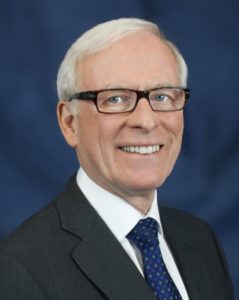 Vincent J. Morgan, DMD, graduated from the Tufts University School of Dental Medicine in 1970. In 1994, he was part of a group that purchased the Bicon Implant System from Stryker Implants. He currently serves as president of Bicon, LLC and as honorary professor at Tver State Medical University in Tver, Russia. He also leads the prosthetic team at the Implant Dentistry Centre located at the Bicon headquarters in Boston, Massachusetts, where he is responsible in part for the development of many of the restorative techniques of the Bicon Dental Implant System.
Vincent J. Morgan, DMD, graduated from the Tufts University School of Dental Medicine in 1970. In 1994, he was part of a group that purchased the Bicon Implant System from Stryker Implants. He currently serves as president of Bicon, LLC and as honorary professor at Tver State Medical University in Tver, Russia. He also leads the prosthetic team at the Implant Dentistry Centre located at the Bicon headquarters in Boston, Massachusetts, where he is responsible in part for the development of many of the restorative techniques of the Bicon Dental Implant System.
![]() The Bicon Short Implant: A Thirty-Year Perspective
The Bicon Short Implant: A Thirty-Year Perspective
Edited by Vincent Morgan
This book is a succinct and accessible compilation of over 30 years of knowledge concerning the Bicon system. It offers not only a history of dental implants and the science of osseointegration but also a vast collection of clinical examples that demonstrate Bicon’s capabilities. Bicon implants provide versatile, reliable treatment for a wide variety of clinical situations; they can successfully be placed in atrophic jaws, in sites that would require extensive bone grafting with longer implants, in tissue that has been compromised by medical conditions, and even in adolescent jaws that are still developing. With its proven track record of success, the Bicon system provides treatment opportunities for the benefit of clinicians, technicians, and patients by offering simple, predictable, and effective techniques. With everything from historical and theoretical origins to detailed step-by-step surgical and restorative guides, this book is a must-read for anyone interested in implantology.
336 pp; 1,800 illus; ©2017; ISBN 978-0-86715-728-4 (B7284); US $192


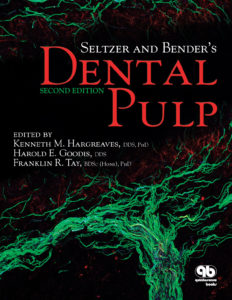
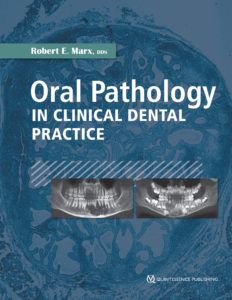
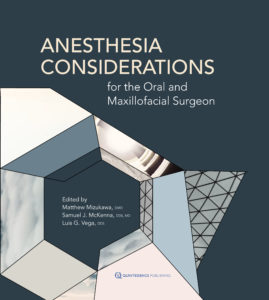
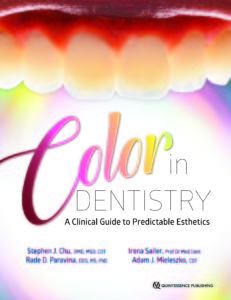
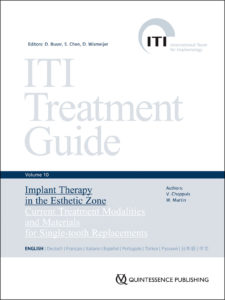
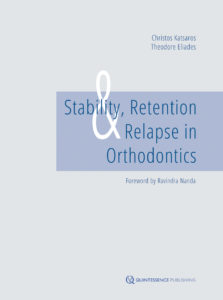

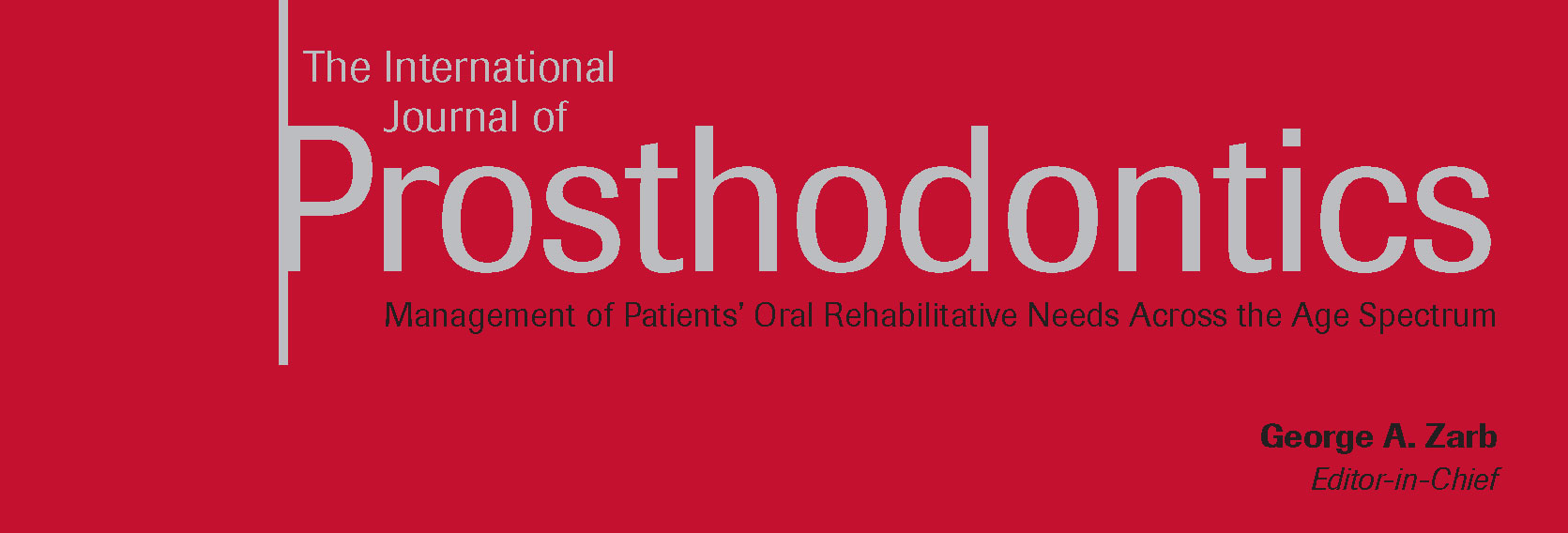





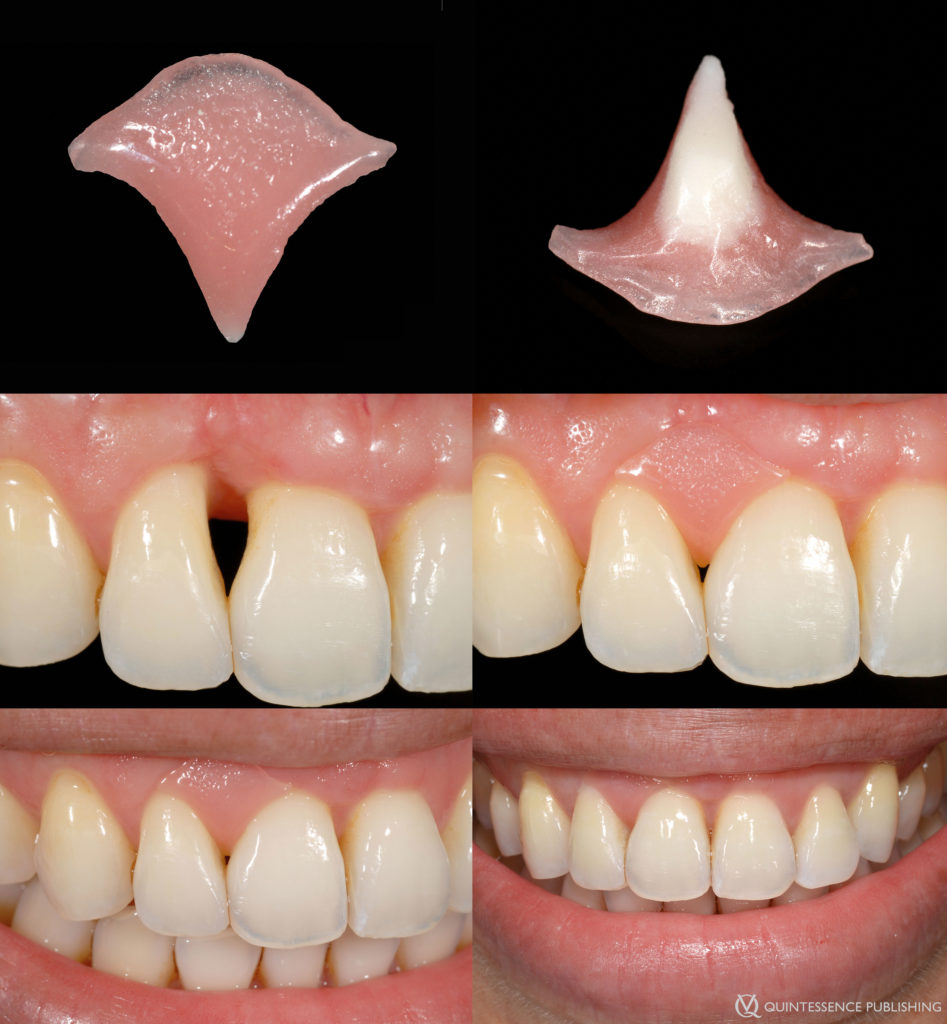 “Pink restorative materials can be used in patient situations where there are contraindications for surgery or when the patient simply does not want surgery,” Dr Sailer, who has used pink restorative materials in her practice for over a decade, explains. “They can also be done in complicated clinical situations with huge vertical and horizontal defects. The ceramic is smooth and polished at the surface—exactly like tooth-colored veneering ceramic. We design the pink porcelain to be cleanable and instruct patients on how to perform oral hygiene around reconstructions.” Pink restorative materials can also be used to restore missing papillae, which are especially common after single-implant therapy.
“Pink restorative materials can be used in patient situations where there are contraindications for surgery or when the patient simply does not want surgery,” Dr Sailer, who has used pink restorative materials in her practice for over a decade, explains. “They can also be done in complicated clinical situations with huge vertical and horizontal defects. The ceramic is smooth and polished at the surface—exactly like tooth-colored veneering ceramic. We design the pink porcelain to be cleanable and instruct patients on how to perform oral hygiene around reconstructions.” Pink restorative materials can also be used to restore missing papillae, which are especially common after single-implant therapy.

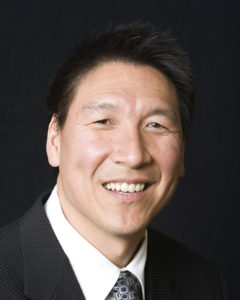 Stephen J. Chu, DDS, MSD, CDT, MDT, is an associate clinical professor in the Ashman Department of Periodontology and Implant Dentistry and the Department of Prosthodontics as well as the director of esthetic education at the New York University College of Dentistry. He has published more than 40 articles and given lectures nationally and internationally on the subjects of esthetic, restorative, and implant dentistry. Dr Chu is a coauthor of the book
Stephen J. Chu, DDS, MSD, CDT, MDT, is an associate clinical professor in the Ashman Department of Periodontology and Implant Dentistry and the Department of Prosthodontics as well as the director of esthetic education at the New York University College of Dentistry. He has published more than 40 articles and given lectures nationally and internationally on the subjects of esthetic, restorative, and implant dentistry. Dr Chu is a coauthor of the book 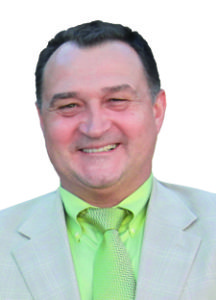 Rade D. Paravina, DDS, MS, PhD, is a tenured Professor at the University of Texas School of Dentistry at Houston and Director of the Houston Center for Biomaterials and Biomimetics. He is founder and past president of the Society for Color and Appearance in Dentistry (SCAD) and received the 2011 E. B. Clark Award from SCAD in 2011. He is the 2014 recipient of the Jerome M. and Dorothy Schweitzer Research Award of the Greater New York Academy of Prosthodontics. Dr Paravina is a fellow of the American Academy of Esthetic Dentistry, the American Association for Dental Research, and SCAD. Dr Paravina coauthored
Rade D. Paravina, DDS, MS, PhD, is a tenured Professor at the University of Texas School of Dentistry at Houston and Director of the Houston Center for Biomaterials and Biomimetics. He is founder and past president of the Society for Color and Appearance in Dentistry (SCAD) and received the 2011 E. B. Clark Award from SCAD in 2011. He is the 2014 recipient of the Jerome M. and Dorothy Schweitzer Research Award of the Greater New York Academy of Prosthodontics. Dr Paravina is a fellow of the American Academy of Esthetic Dentistry, the American Association for Dental Research, and SCAD. Dr Paravina coauthored  Irena Sailer, Prof Dr med dent, is professor and chair of the Division of Fixed Prosthodontics and Biomaterials at the University of Geneva in Switzerland. She has served as a visiting scholar in the Department of Biomaterials and Biomimetics of the New York University College of Dentistry and currently holds an adjunct associate professorship of restorative dentistry at the University of Pennsylvania School of Dental Medicine. Dr Sailer is certified as a specialist in prosthodontics by the Swiss Society for Reconstructive Dentistry and in dental implantology by the Swiss Society for Dentistry.
Irena Sailer, Prof Dr med dent, is professor and chair of the Division of Fixed Prosthodontics and Biomaterials at the University of Geneva in Switzerland. She has served as a visiting scholar in the Department of Biomaterials and Biomimetics of the New York University College of Dentistry and currently holds an adjunct associate professorship of restorative dentistry at the University of Pennsylvania School of Dental Medicine. Dr Sailer is certified as a specialist in prosthodontics by the Swiss Society for Reconstructive Dentistry and in dental implantology by the Swiss Society for Dentistry.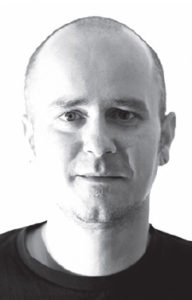 Adam J. Mieleszko, CDT, graduated in 1997 from New York City Technical College with a degree in dental laboratory technology and received certification in dental ceramics in 2000. Since then he has worked in close collaboration with leading prosthodontists in the field. Mr Mieleszko is a coauthor of the book
Adam J. Mieleszko, CDT, graduated in 1997 from New York City Technical College with a degree in dental laboratory technology and received certification in dental ceramics in 2000. Since then he has worked in close collaboration with leading prosthodontists in the field. Mr Mieleszko is a coauthor of the book